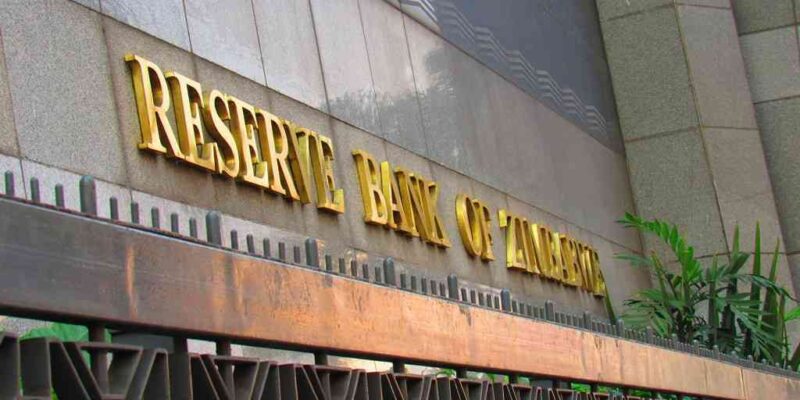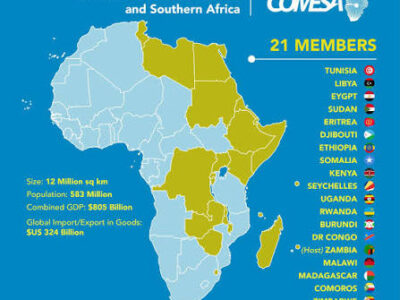The Reserve Bank of Zimbabwe (RBZ) has disbursed ZiG350 million under its Targeted Finance Facility (TFF) to key productive sectors of the economy, with manufacturing and agriculture emerging as the primary beneficiaries.
According to the central bank, as of June 30, 44.82% of the funds went to manufacturing while agriculture absorbed 34.73%. The TFF was launched in February 2025 as part of a broader strategy to ensure steady credit flow to critical sectors amid tight monetary conditions.
“The facility is meant to resolve liquidity bottlenecks while promoting lending to productive sectors,” the RBZ said in an update. “This is vital to support economic growth and ensure that key industries have access to working capital.”
The TFF forms part of the RBZ’s broader response to challenges caused by stringent monetary policy measures introduced to curb inflation and speculative activity. These included an increase in the bank policy rate and higher statutory reserve requirements—moves that, while effective in curbing excess liquidity, created payment delays and constrained credit access.
To mitigate these unintended side effects and balance monetary discipline with real-sector growth, the RBZ rolled out the TFF with a total allocation limit of ZiG600 million. The facility is capitalised through banks’ statutory reserves held at the central bank, meaning it does not expand the overall money supply.
The funds are redistributed within the banking sector—moving liquidity from banks with surpluses to those with viable lending pipelines.
Crucially, all disbursements are subject to stringent due diligence processes conducted by participating banks to ensure that only genuinely productive activities qualify for funding.
By focusing on agriculture, manufacturing, and mining, the RBZ hopes to support Zimbabwe’s targeted 6% economic growth in 2025. The facility aims to channel credit where it is most impactful—toward industries with the potential to create jobs, generate export revenue, and stimulate local value chains.
“This facility represents a targeted and disciplined approach to monetary support,” the central bank added. “It is a deliberate effort to stimulate real economic activity without fuelling inflationary pressures.”
The TFF continues to operate within the confines of a tight monetary policy framework, ensuring that inflation control remains intact while productivity is enhanced.













Comments